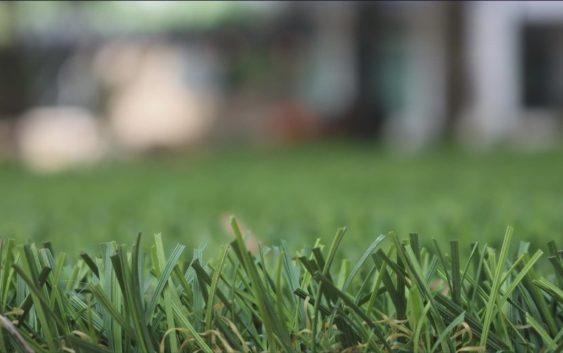- Artists transform hurricane aftermath into hoop-inspired masterpieces at Charlotte exhibit
- NC's cost for Hurricane Helene damage is nearly $60 billion, state says
- State to develop drone program to better respond to disasters like Helene, Florence
- South Carolina residents face deadline to get storm debris out to the curb after Hurricane Helene
- SCDOT to pick up Hurricane Helene debris for a final day in South Carolina
Having Texas native plants in your front yard helps fight wildfires and drought

Drought-tolerant plants help homeowners keep a pretty garden year-round. They also need less water and fertilizers to stay alive.
AUSTIN, Texas — While we saw some measurable rain last week, most of Central Texas remains in a drought. Many counties still have water restrictions in place, and it’s hard to keep a pretty lawn, which is why experts recommend drought-resistant landscaping.
The City of Austin has created this guide, so residents know what plants are native to the state and thrive under our usual dry conditions.
Drought-resistant plants are also able to hold more water when they get it. The City of Austin said these drought-tolerant plants need little if any supplemental fertilizer and are resistant to most diseases and pests. Using less water, fertilizer and chemicals in one’s yard also helps protect Central Texas water resources.
These plants are also good to have during wildfire season.
“They’re not going to hold a fire, if it does occur, for very long,” said Alex Bregenzer, Texas A&M Forest Service program coordinator. “It’ll either burn out quickly or won’t be as intense. It will be lowered to the ground.”
If you’re looking to take it a step further, zero-scaping is another option.
“Taking grass or taking plants and placing it with completely fire-resistant materials like stone, rock — in some cases, concrete,” added Bregenzer.
Overall, the goal is to use as little water as possible and keep a pretty lawn year-round. This is something homeowners are able to achieve with drought-resistant plants because they can withstand almost any type of weather.
PEOPLE ARE ALSO READING: